14 Of The Best Teaching Apps
What are the best teaching and learning apps? Here are the results, a subjective list of 50 of the best teaching and learning apps for 2016.
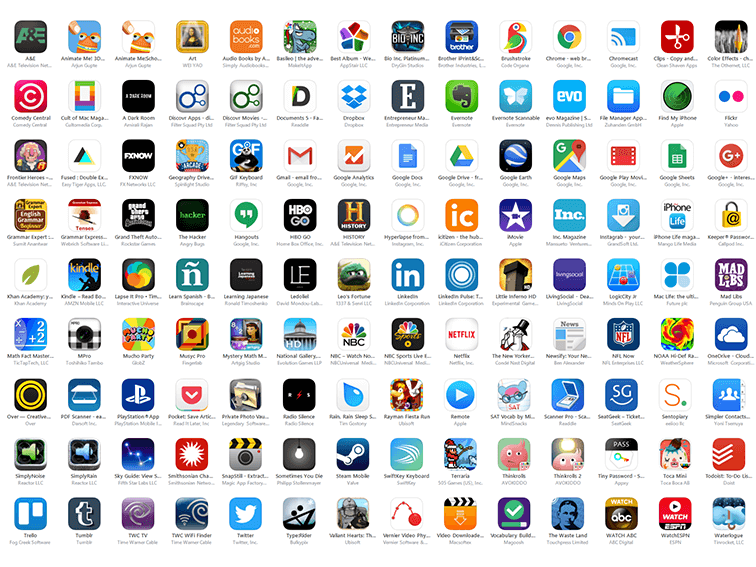
What are the best teaching and learning apps? Here are the results, a subjective list of 50 of the best teaching and learning apps for 2016.
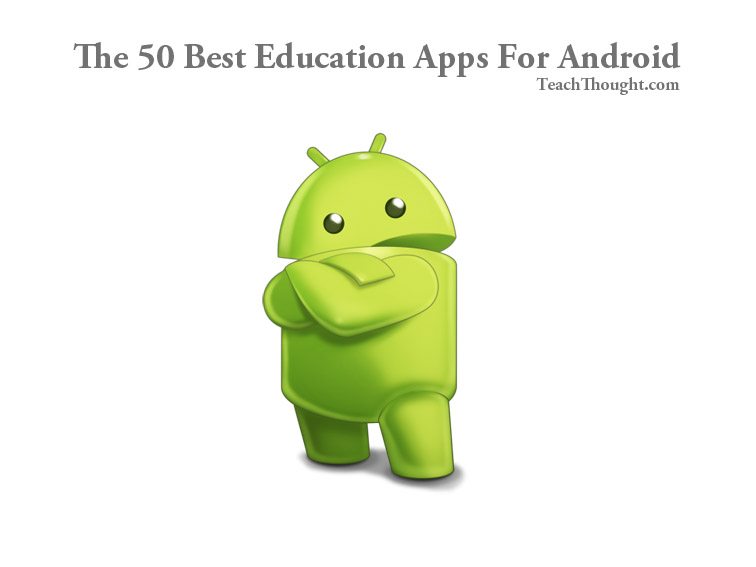
While iOS remains the system of choice for most developers, learning with apps is as accessible on Android devices as it is on the iPad.
contributed by Candice Liu Teaching is difficult. To reduce the load, what every teacher need depends on the exact context of their position, but all teachers need engaging and easy to use tools. And, increasingly, video is what engages students. This makes video editing tools a natural fit for the classroom. Why Should Teachers Use…

Brilliant, IXL, Seesaw, Khan Academy, FlipGrid, and Marco Polo are just a few of the best learning apps for 2022.
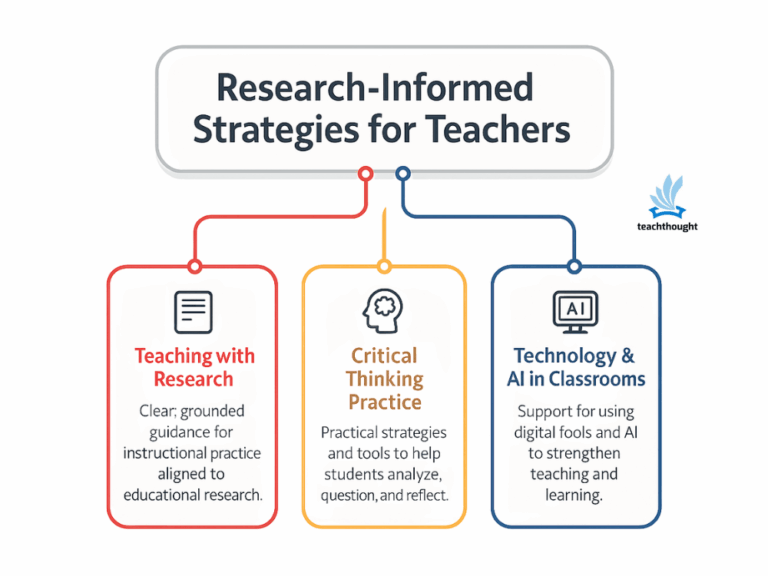
With demand for continuous skill development, online education is well-positioned as a key player in the future of educational delivery.
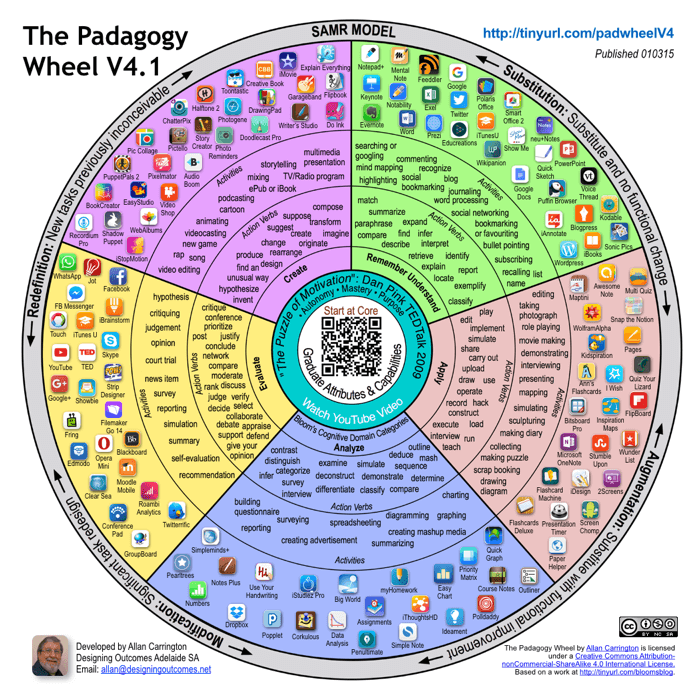
The Padagogy Wheel brings together in one chart several different domains of thinking with education apps for learning.
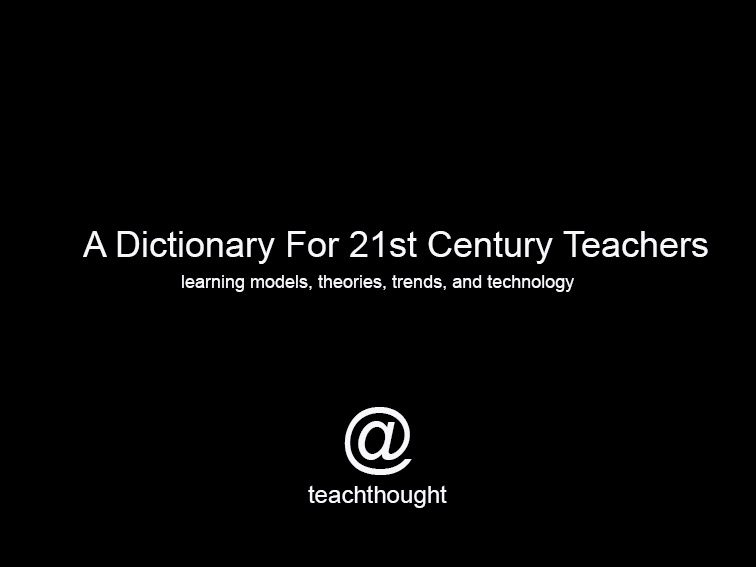
A Dictionary For 21st Century Teachers: An ongoing index of emerging learning models, theories, and technology for progressive teaching.
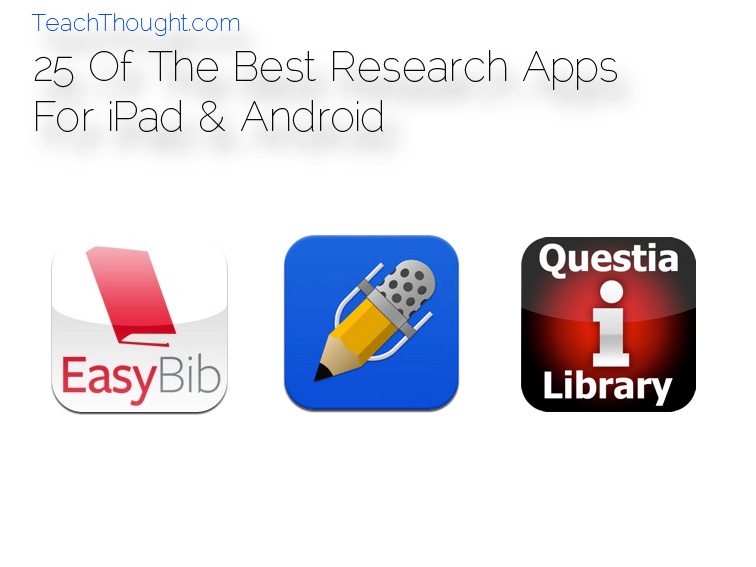
Discover the top research apps for iPad and Android devices, from PDF annotation with iAnnotate to seamless note-taking with Notability.

Virtual worlds can be used as a meeting space for students to attend lecture with embedded videos, illustrations, or 3D models.
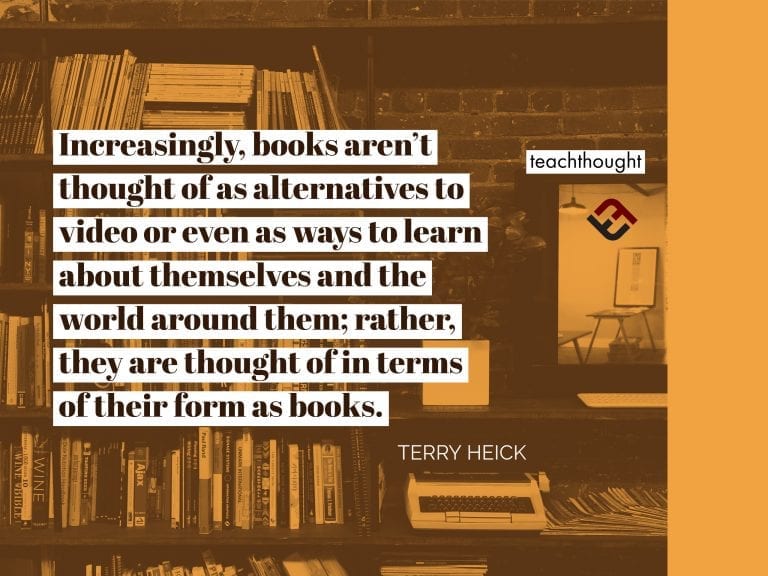
Increasingly, books aren’t thought of as entertainment or even as ways to learn; they are thought of in terms of their form: as books.
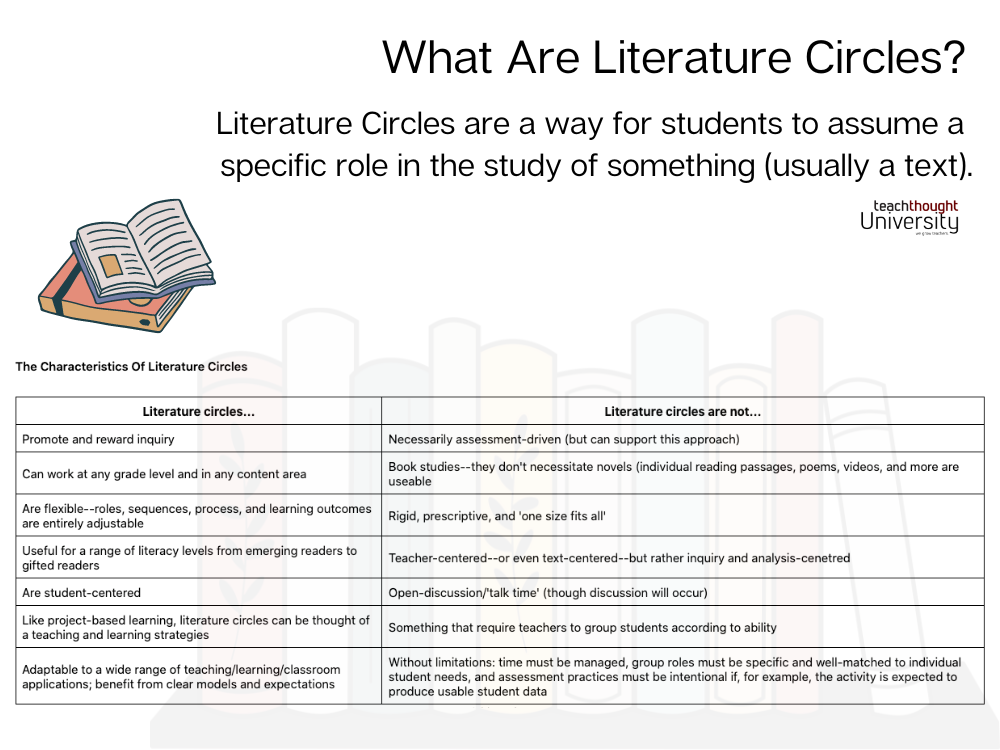
Literature Circles are a way for students to assume a specific role in the study of something (usually a text).
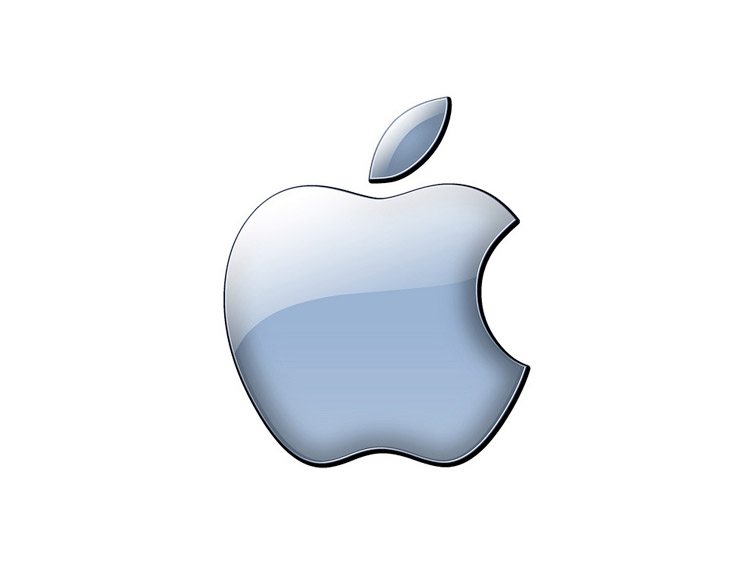
It’s tough out there for students.
Tuition rates are high, student loans are looming, and chances are, you barely have two pennies to rub together. Retailers can sympathize with that, and many of them offer discounts of 10% or more for students, if only you ask or know to take advantage of the offer.

Creativity is a 21st-century teaching and learning currency–and the best way to make sure it happens is to give points for it.
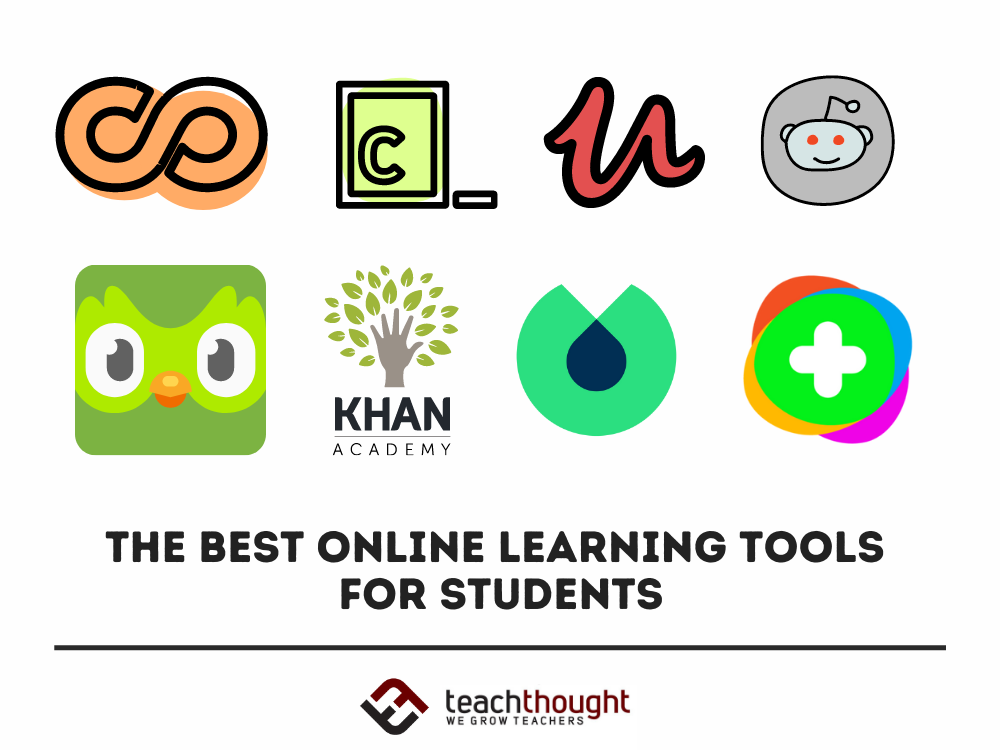
From PDF management to more informal learning platforms like Quora, reddit, and YouTube, here are some of the best online learning tools.